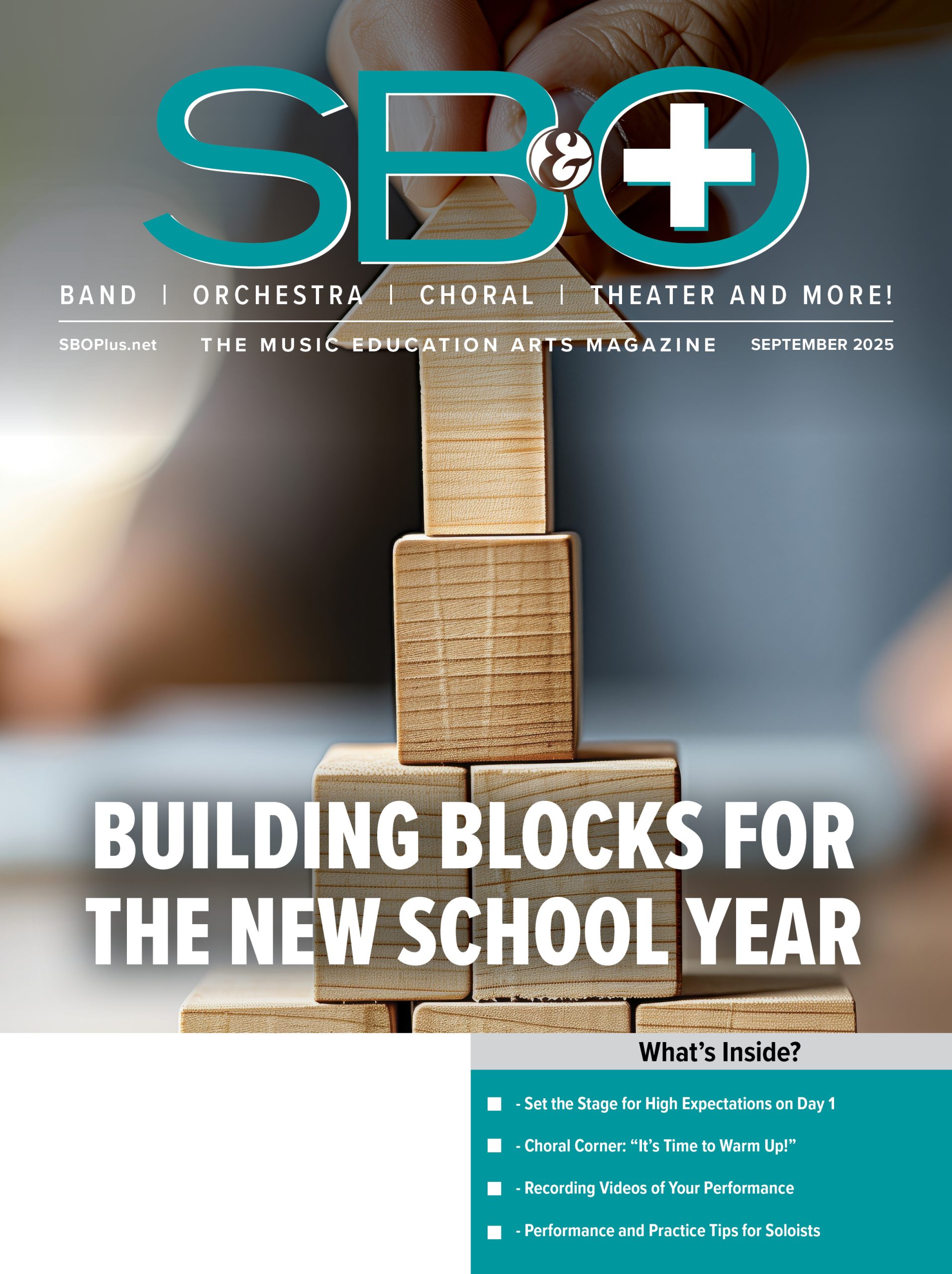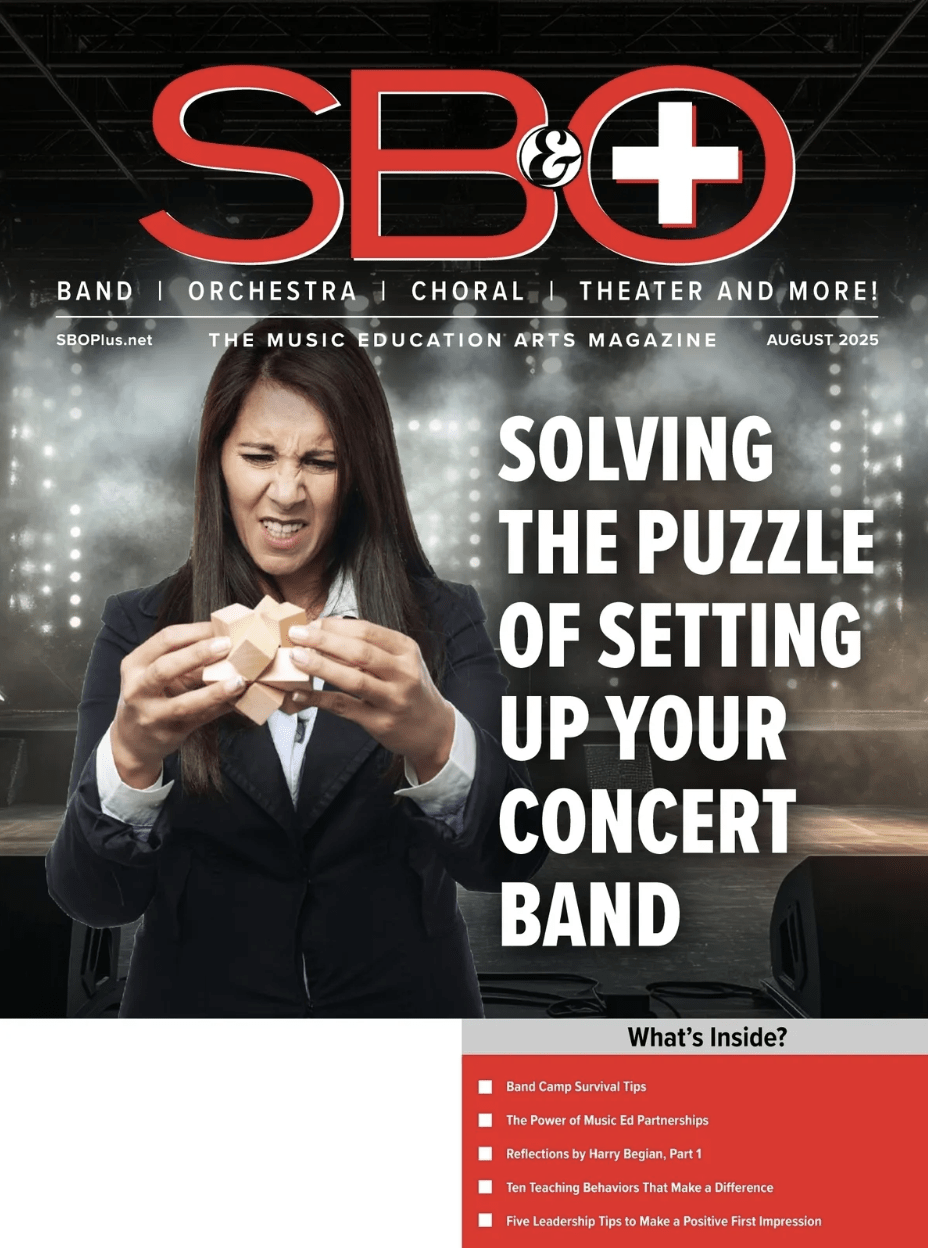By Lillian Green
The following article sample was reprinted from American String Teacher, vol 73, issue 2 with permission from ASTA and the author.
“Eclectic styles” are becoming more important than ever in the string community. Its broad range of genres encourages an ever-increasing number of classes, workshops, articles, and conference sessions. Whether a musician is looking for a new musical path or a classical player is looking to diversify their abilities, there are many advantages to learning skills and repertoire in multiple genres. Developing abilities such as harmonizing by ear or improvising, most often used in non-classical genres, can provide opportunities for students to continue playing strings throughout their lives, from folk sessions to praise bands and more. Learning eclectic styles also allows students greater creativity and personal expression through music-making as they choose their own musical lines and roles. Including eclectic styles in educational settings can appeal to students with a wide variety of musical tastes and interests, which is especially important now, when many programs and school systems are focused on increasing diversity and inclusion in all areas of education.
Learning new styles often feels daunting for string players and teachers who grew up with primarily classical training and experience. It can be challenging to even know where to start or to see the intersection or relevance with one’s current career. But even for musicians who prefer to stay grounded primarily in the classical world, the things that can be learned from eclectic styles have direct benefits for all kinds of playing and teaching. Focusing on the subtleties of intonation, articulation, bowing, and phrasing of a new style can make a musician more attuned to these nuances in their primary style of playing. Beyond this general improvement in awareness, there are some skills specific to the performance of non-classical styles that benefit all string players in all styles.
Learning New Styles and New Roles
Important musical skills that transcend genre can be taught particularly effectively through eclectic styles. This includes learning to fulfill a variety of roles in an instrumental ensemble and understanding harmony and rhythm well enough to devise and perform material on the fly. These skills can be learned and utilized when realizing a lead sheet or chord chart. This is not a typical part of a classical string education, but it is a good place to start branching out of one’s comfort zone, and it is possible for students of all ages and all levels of experience, if the melody itself is of an appropriate difficulty.
When realizing a lead sheet, musicians are called upon to embody different roles within an ensemble. These roles might include playing the melody as written, embellishing the melody, taking a solo, creating harmonic or countermelodic lines, providing rhythmic backing, and performing the bass line. Students can use these experiences to gain familiarity with roles they do not often play within traditional ensembles. The more experienced violinists in the ensemble can be encouraged to try a rhythmic role, and bass players can try playing the melody. Even though instruments with lower registers will produce more sonically effective bass lines, violinists and violists who learn to perform bass lines will become more attuned to their low-string colleagues. It also helps treble players hear the harmonic progressions more easily.
After learning how to perform the different roles, students can be allowed to choose which role they play. When the ensemble is small enough for each member to be heard clearly, players build a strong awareness of everyone’s spontaneously chosen roles, so that they can switch roles on a dime. When players return to classical repertoire, this experience with role-switching builds both awareness of and respect for the elements that go into making a full piece of music and can enhance both basic and nuanced ensemble skills. In beginning-level ensembles, students become better able to maintain tempo and ensemble control. In more advanced ensembles, greater awareness of each other can enable players to match dynamics, articulations, and other elements without needing to stop and rehearse; for example, they may begin noticing and following the phrasing of an inner line or bass line. If an inner part contains a mid-range melody, players with parts in higher registers may be better able to recognize their harmonic or countermelodic role and adjust their dynamic accordingly to let the inner voices shine without having to force tone.
Harmonic Awareness
“Comping,” short for “accompanying” or “complementing,” is the art of playing a rhythmic and/or harmonic role to support a soloist, often by interpreting and performing chord symbols. Developing this ability can help students greatly increase their harmonic awareness. If students learn to play the roots, fifths, and finally thirds of the chords, they become much more aware of who is playing each chord member, enabling them to pinpoint the root and tune accordingly. Identifying chords can also inform phrasing, leading through a dominant-tonic progression or emphasizing the pathos of a minor chord in a major key.
Read further about Harmonic Awareness, Rhythmic Awareness, and more by accessing the full article at www.astastrings.org.
You may also like:
 The Three-Quarter-Time Maestro: André Rieu and His Vision for Waltzes in Music Education
The Three-Quarter-Time Maestro: André Rieu and His Vision for Waltzes in Music Education
 50 Music Teachers Who Make a Difference
50 Music Teachers Who Make a Difference
 SBO Presents the 20th Annual 50 Directors Who Make a Difference
SBO Presents the 20th Annual 50 Directors Who Make a Difference
 2012 ’50 Directors Who Make a Difference’ Report
2012 ’50 Directors Who Make a Difference’ Report
 SBO Presents the 21st Annual 50 Directors Who Make a Difference
SBO Presents the 21st Annual 50 Directors Who Make a Difference
























